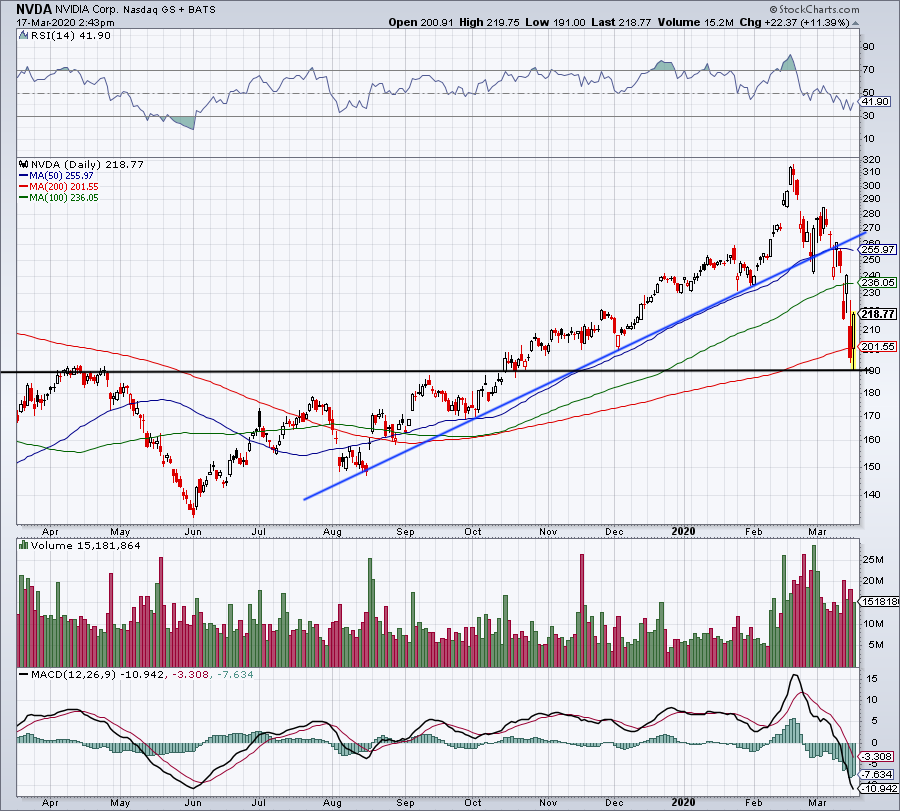

and the Chinese can't do a damn thing about it! It's early stage. Here's one little-known company - trading undiscovered below 25-cents per share - that's advancing one of the largest and highest quality REE deposits in all of North America. You may expect better returns when you buy under-price (by fundamentals) and oversold (by technicals) stock or when you sell short overpriced (by fundamentals) and overbought (by technicals) stock.China Can't Stop US$0.25 Stock from Mining Ultra-Rare Metal If you are mid- or long-term investors, it always a good idea to combine technical analysis with elements of fundamental analysis. Intrinsic Value = EPS x (8.5 + 2 x PEG) x 4.4 / Yield Should something change a stock's earnings growth expectation it will affected the expected value of a stock. Respectfully, the Benjamin Graham's formula does not guarantee a correct stock's value - it is an approximate number expected by the professional analysts. Again, while the EPS is a reported number, the PEG Ratio is estimated by the analysts from Reuters or other investment rating company and it is an approximate expected earnings growth. This is the easiest way to get a stock's value based on the current Earnings Per Share (EPS) and PEG Ratio (Price/Earnings Growth). In NVDA fundamental analysis the NVDA stocks intrinsic value could be calculated in a simple way by using the Benjamin Graham's formula.

:max_bytes(150000):strip_icc()/nvda1-98b0d8de45d9499a8796edddd4d18382.jpg)
If you are not a professional fundamental analysts, you could get easily lost in the calculations of the real and expected stock's value. All these calculations are subjective and could be argued whether they are correct. There are several ways to calculate a value of a stock and each fundamental analyst will show you his/her own way. Over-priced, under-priced stock's value is calculated from the fundamental data. Overbought-oversold condition is defined by technical analysis. A stock could be overbought or oversold and it could be over-priced (overvalued) or udder-priced (undervalued).


 0 kommentar(er)
0 kommentar(er)
